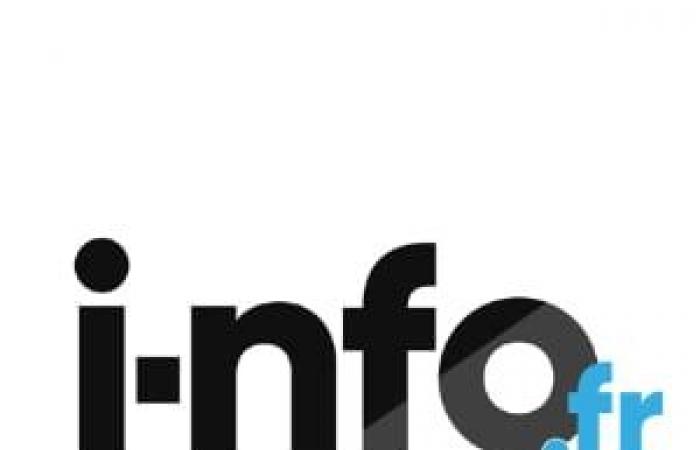At the beginning of the 2010s, Facebook, which became Meta in 2021, tried – desperately, as you will see – a foray into the world of smartphones with the HTC First. This project, which aimed to deeply integrate the social network into the mobile experience, quickly turned into a resounding failure. Adam Mosseri, current boss of Instagram and former product manager at Facebook, looks back on this adventure which had a profound impact on the company’s history.
Un smartphone social ?
We could almost consider the HTC First as a form of ancestor of the Meta Ray Bans. For what ? Because the two products aspire to facilitate access to Facebook/Meta serviceswhether through a personalized user interface (HTC First) or integrated features (Ray-Ban Meta).
Indeed, the smartphone imagined by Facebook in 2013 was intended to be more than just a smartphone. Equipped with a software overlay called “Facebook Home”, it offered a user experience centered on the social network. The idea was quite original: transform the home and lock screens into a dynamic Facebook news feed.
An approach which aimed to place Facebook at the heart of the user’s interaction with their mobile, fthus blurring the boundaries between the physical and the digital.
However, this vision clashed with market reality. Criticism has come particularly from the side of The Vergepointing at a phone far below what was expected of a smartphone at the time. A weak processor (Qualcomm Snapdragon 400) described by the media as “ low-end in terms of power compared to Qualcomm’s other offerings », an insufficient camera, a slow phone: a cold shower.
« The best analogy I can come up with is that it’s like using an iPhone 4 right when the iPhone 4S came out » explained the tester in his 2013 article. Mass is said.
From debacle comes innovation
Despite its bitter commercial failure, the HTC First was not, however, a wasted project for Facebook. Adam Mosseri openly acknowledges the failure, but also highlights the valuable lessons learned from this experience. On Threads, he explains: “ It was clearly a failure, but we carried over a lot of good design ideas into our main apps […] What we missed was a real differentiating element, and that has served us as a lesson for many projects since. We learned a lot of lessons from it”.
The failure of the HTC First ultimately forces Facebook to rethink its mobile strategy. Rather than creating a closed ecosystem around a dedicated device, the company has instead focused on improving its applications for all smartphones. This approach proved much more successful, allowing Facebook to reach billions of users across various platforms. Ultimately, the HTC First was not even released on the Old Continent. It sold 15,000 copies in the USA according to figures from AT&T (American telecom company) and its final price even went down to $0.99 instead of the initial 100 dollars. Quite a discount!
- Facebook tried to get into the smartphone business with the HTC First, but it ended in total failure.
- The phone was absolutely not up to par and very inefficient.
- The HTC First sold poorly in the United States, and its price dropped to $0.99 after harsh criticism from the press.
Par : Keleops AG







